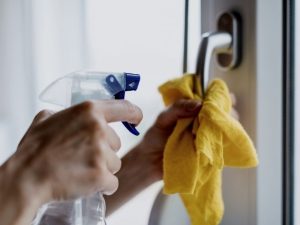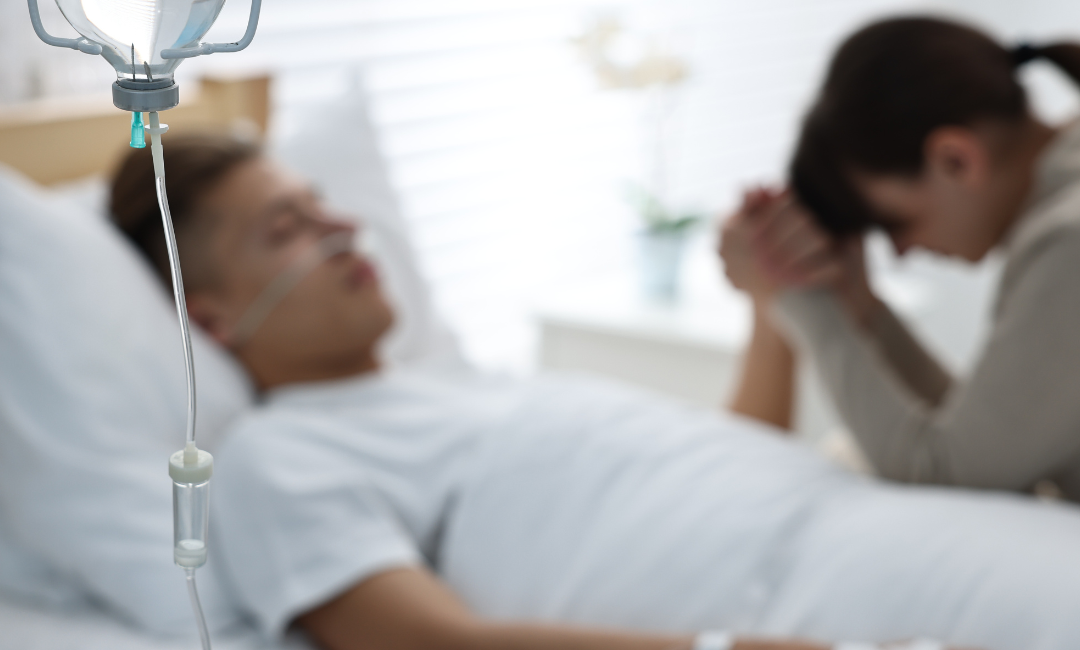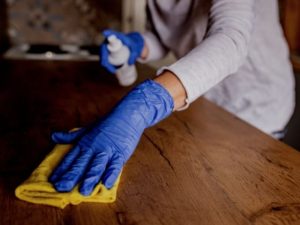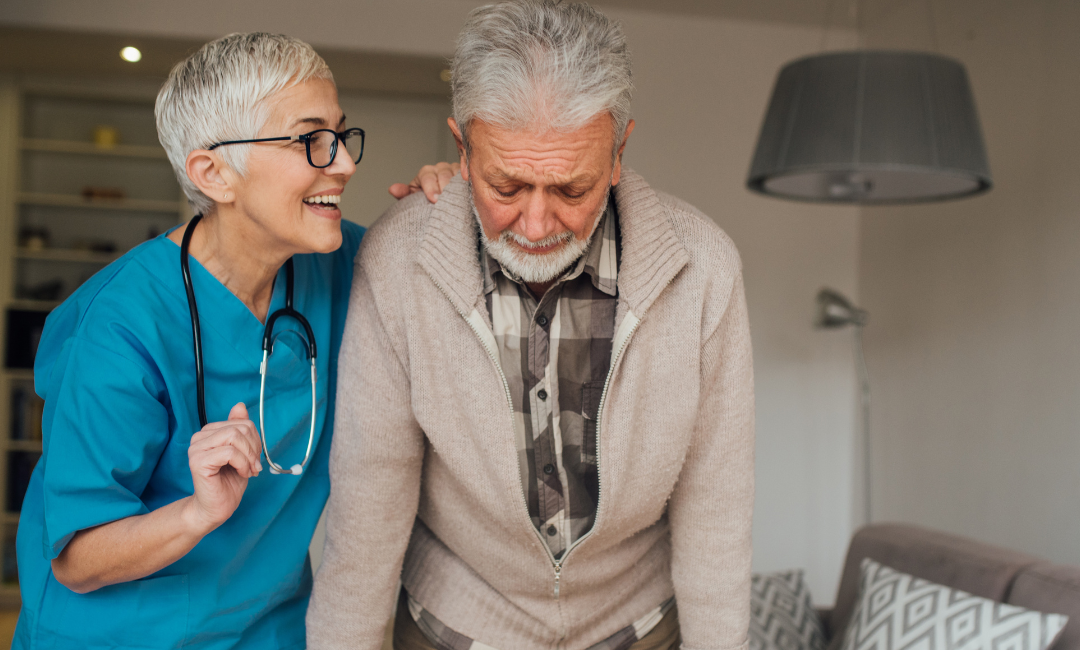Coronavirus Cleaning
First, become familiar with the various levels of “cleaning” to remove pathogens. Second, stay current with higher authority guidelines with the EPA and CDC. Third, know how to use the EPA N List to identify products to effectively disinfect your home.
It is important to know the difference between clean, sanitize and disinfect. It really does matter!
To clean is not enough in a pandemic. It is the act of using soap or detergent to remove dirt and organic matter from the surface.
For example, I just made dinner and I have pasta sauce and cheese caked on the counter that I need to clean up with dish washing soap and hot water.
Sanitizing is one step better. It kills bacteria on the surface with the use of chemicals. However, sanitizing does not kill viruses.
An example is: I cut up raw chicken on the cutting board and now I need to sanitize it to avoid Salmonella poisoning. I use a diluted bleach spray, scrub with hot water and rinse. It is probably overkill, but I love bleach. The germaphobe in me comes out.
Disinfecting uses chemicals on surfaces that kills both bacteria and viruses.
For example, Caleb asked to be taken to Urgent Care for a bad cold and came to find out, he has COVID. I need to disinfect my car. I’m glad I had my mask on…. I have handy disinfecting wipes to do the job. I check the EPA N list and see that this is used for coronavirus cleaning, so I am good to go.










